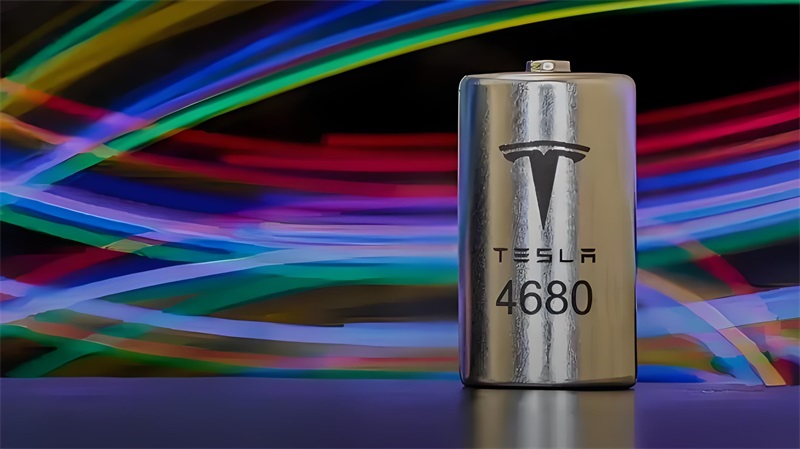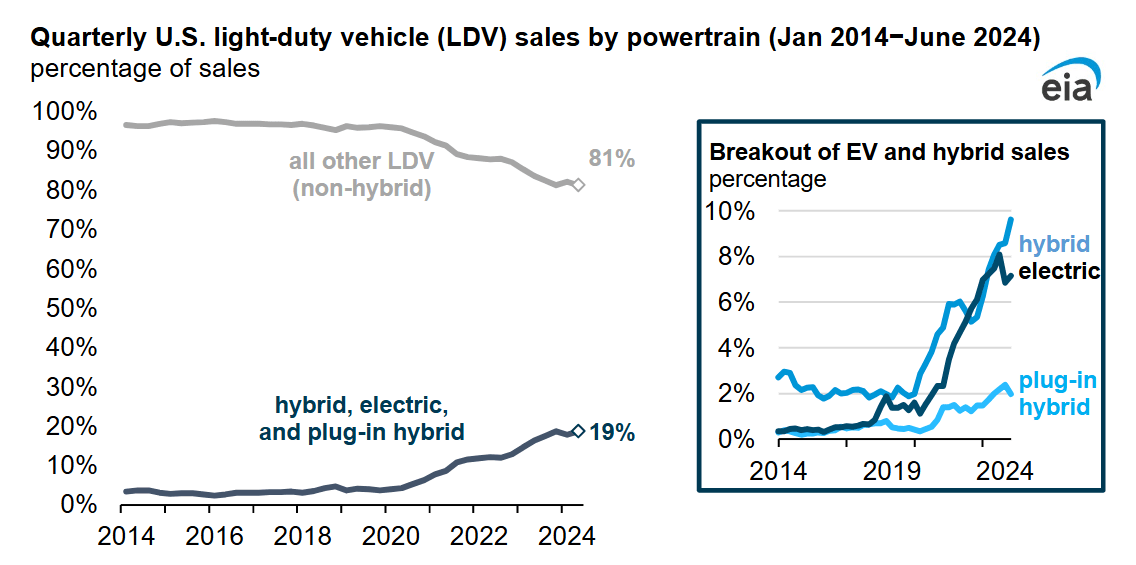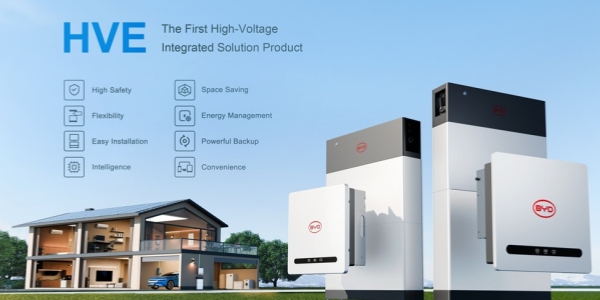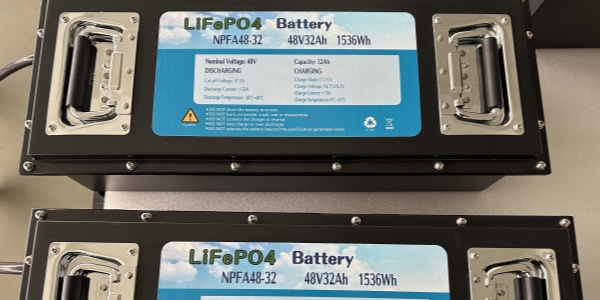Tesla 4680 Battery: A Leap from 2170 to 4680 Technology and Future Prospects
In previous articles, we discussed the technology and economic benefits of Tesla's 2170 battery, as well as the upcoming 4680 battery. By comparing it with the earlier 2170 battery used by Tesla, we can clearly see how the 4680 battery is driving advancements in electric vehicle technology, particularly in terms of significant improvements in energy density, performance, and cost across multiple dimensions.

From 2170 to 4680: A Leap in Technology
After Tesla's battery technology evolved from the early 18650 battery to the 2170 battery, it entered a new era represented by the 4680 battery. This transition is not just a change in the size of the battery cells, but a comprehensive innovation in terms of battery structure, energy density, and manufacturing processes.
Size and Energy Density Improvements
The 2170 battery has a diameter of 21mm and a length of 70mm, which is a significant improvement over the 18650 battery. However, as electric vehicles demand more range and power, simply upgrading the size is no longer sufficient to meet these needs. The 4680 battery, with a diameter of 46mm and a length of 80mm, is nearly twice the size of the 2170 battery. It can store 20%-30% more energy in the same volume, significantly enhancing the driving range of electric vehicles.
Tabless Design and Manufacturing Process Innovation
The 4680 battery features a tabless design, where the positive and negative electrodes are directly connected to the casing, reducing energy loss and lowering production costs. In contrast, the 2170 battery uses the traditional tab connection method, which increases material and processing costs. Additionally, Tesla has adopted dry electrode technology, making the battery production process simpler, reducing the use of harmful solvents, further lowering costs, and improving production efficiency.
Technical Advantages of Tesla's 4680 Battery
The introduction of the 4680 battery represents a leap forward in Tesla's battery technology, showcasing significant advantages in the following areas:
Higher Energy Density: The larger size of the 4680 battery allows it to store more energy. As a result, compared to the 2170 battery, the 4680 battery offers a longer driving range within the same battery pack. After switching to the 4680 battery, Tesla's Model Y saw an increase in range by approximately 14% to 20%, and with the same battery capacity, the vehicle's weight was reduced, improving overall energy efficiency.
Lower Production Costs: Through innovative manufacturing processes (such as the tabless design and dry electrode technology), the production cost of the 4680 battery is about 14% lower than that of the 2170 battery. This cost saving will directly translate into lower electric vehicle manufacturing costs, helping Tesla achieve more competitive pricing.
Faster Charging Speed: Due to its advantages in thermal management and power density, the 4680 battery charges faster than the 2170 battery. Tesla aims to reduce charging times with this technological advancement, making electric vehicle charging experiences closer to traditional gasoline refueling, further improving the convenience of electric vehicles.
Stronger Safety and Durability: The 4680 battery's design not only enhances performance but also improves its durability. With more efficient thermal management and a better battery structure, the 4680 battery maintains greater stability under high loads and high-temperature environments, reducing the risk of overheating and enhancing the battery's cycle life.
Real-World Performance and Economic Benefits of the 4680 Battery
Improved Real-World Performance
By adopting the 4680 battery, Tesla has significantly enhanced the performance of its vehicles. Taking the Model Y as an example, the range and acceleration performance have been optimized after switching to the 4680 battery. Additionally, due to the higher energy density of the battery, Tesla has been able to reduce the size of the battery pack, which lightens the vehicle, improving overall power performance and handling.
Economic Benefits
From an economic perspective, the 4680 battery not only reduces the production cost of battery cells but also significantly lowers the cost per kilowatt-hour of the battery. This directly impacts the overall price of Tesla electric vehicles, enabling the company to further expand its market share. Tesla expects that the 4680 battery will help achieve a cost of under $50 per kilowatt-hour within the next few years. This substantial decrease in cost will make the widespread adoption of electric vehicles more feasible.

Source: U.S. Energy Information Administration (EIA)
The share of U.S. electric and hybrid vehicle sales increased in the second quarter of 2024 after a slight decline in the first quarter of 2024. Electric and hybrid vehicles led the recovery in the second quarter, with Tesla capturing nearly 49 percent of the overall electric vehicle market.
Since Tesla announced the launch and began mass production of the 4680 battery, the market has responded positively, and the stock has shown favorable movements. The increase in Tesla's stock price reflects investor recognition of this technological breakthrough. The 4680 battery has not only improved energy density, cost, and production efficiency but also further reduced manufacturing costs and improved production efficiency through its tabless design and dry electrode technology. Investors generally believe that the successful mass production of the 4680 battery will accelerate Tesla’s profitability and strengthen its competitive position in the electric vehicle market, especially in terms of expanding its global market share.
In the long term, the 4680 battery will not only help Tesla enhance the performance and range of existing models but also play a key role in future new models, further strengthening Tesla’s technological advantage in the electric vehicle sector. As the 4680 battery becomes more widespread, Tesla is expected to capture a larger share of the global electric vehicle market, solidifying its industry leadership and having a profound impact on the entire electric vehicle industry.
Video Explaination between Tesla 4680 Battery Vs 2170 Battery
Video source: @electric-future

